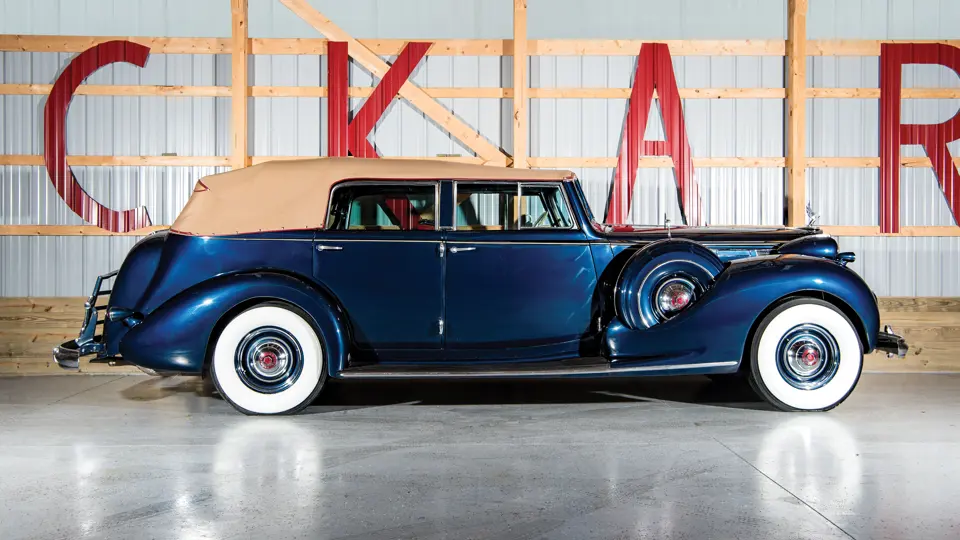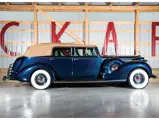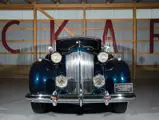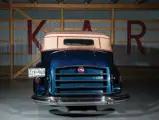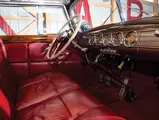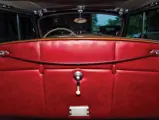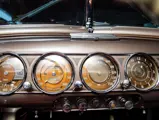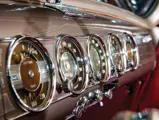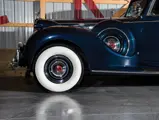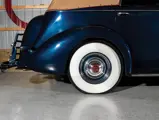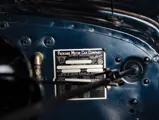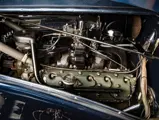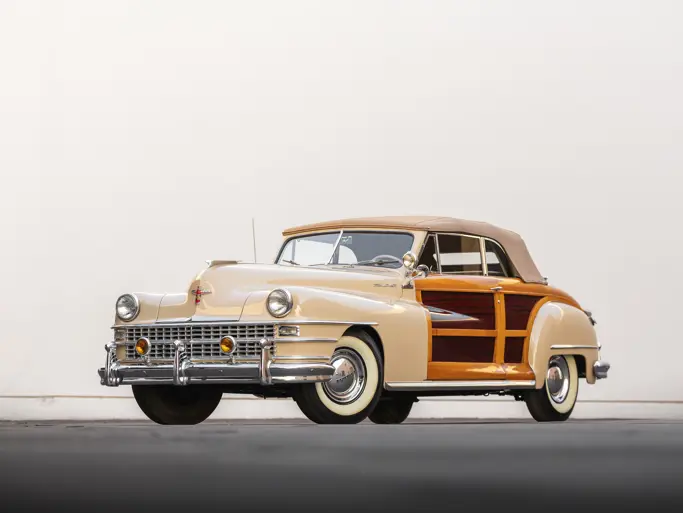
1938 Packard 1608 Twelve Convertible Sedan
{{lr.item.text}}
$150,000 - $175,000 USD | Not Sold
{{bidding.lot.reserveStatusFormatted}}
- One of just five extant examples
- Only 17,025 miles, claimed to be original
- Long-term ownership in prominent collections
- Classic Car Club of America (CCCA) Full Classic
The original Packard Twin Six was introduced for the 1916 model year and quickly became extremely popular with wealthy motorists. Though initially discontinued in 1922, the moniker was reintroduced for Packard’s new twelve-cylinder engine. The name choice was, however, short lived and was soon dropped in favor of the more easily understood “Twelve.” It was an all-new step for Packard and the new name helped to signify the substantive styling and engineering refinements embodied in the new model. Although the Twelve displaced an additional 49 cu. in., or 12 percent more than the original Twin Six, the horsepower output was almost doubled from 90 to 175, and it was a completely modern engine in a completely modern automobile.
The Twelve would remain Packard’s most capable offering through 1939 when the model was discontinued for good. Along the way, the Twelve gradually adopted more streamlined styling with full pontoon fenders and bullet-like headlights, making it a fine exercise in restrained Art Deco styling while maintaining the prominent and iconic “tombstone” radiator design. It continued to boldly remind drivers of other cars that they need only “ask the man who owns one” to learn why the Detroit automaker remained the choice of America’s most prominent citizens. Those who could pay the asking price for cars such as the convertible sedan offered here, gained entry to an exclusive world of power, performance, and prestige.
The luxurious convertible sedan offered here, a 17th series car from 1938, is reportedly one of fewer than 30 built and is one of five known survivors. Mounted on a 137-inch-wheelbase chassis, the period-correct Twelve engine is backed by a proper three-speed manual transmission. Resplendent in Centennial Blue with red leather interior, the car is said to be thoroughly original with just 17,025 miles, believed to be original. It was formerly part of the Charles Cawley and Blackhawk Collections, and was purchased from the collection of noted enthusiast John Gambs.
With just a handful in existence, this is a truly unrepeatable opportunity to own one of the finest driving automobiles of the pre-war period. It has undergone recent brake work, with all-new wheel and master cylinders, recent exhaust work, and some $3,000 in electrical and detail work, as shown by the included paperwork. It is fully ready to be enjoyed and was recently driven by the consignor on a six-hour round trip, and it was reported that the car performed flawlessly.
Sure to make an impression at any CCCA, AACA, or Packard Club meet, the 1938 Packard Twelve Convertible Sedan is, without question, one of the finest offerings from one of the finest manufacturers of the period.
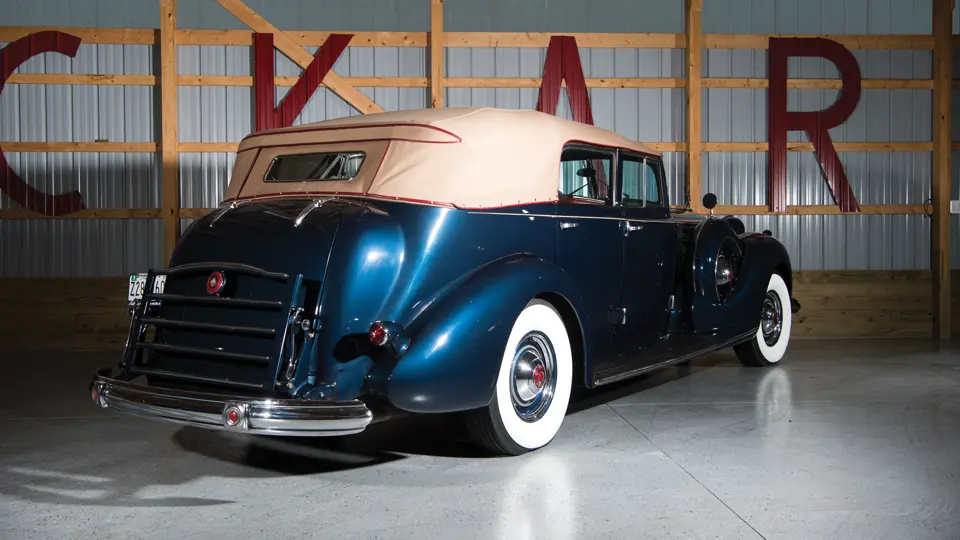
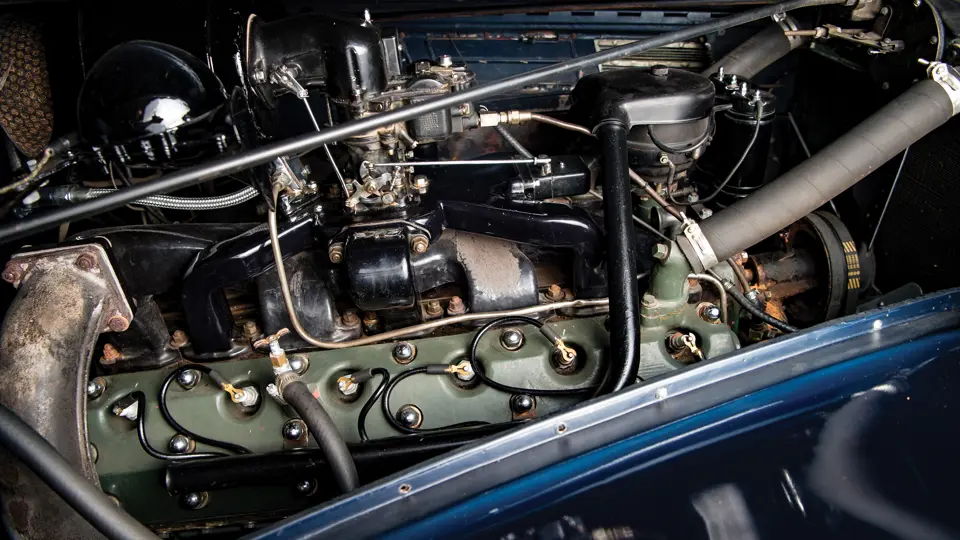


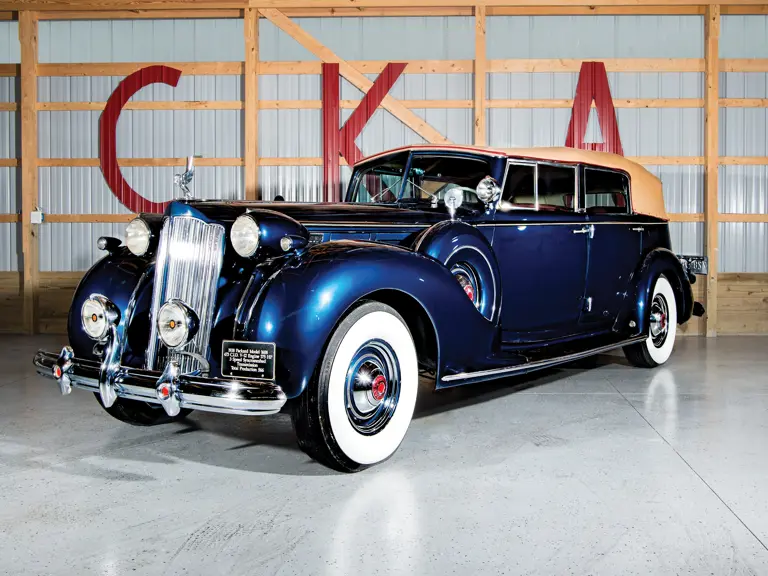
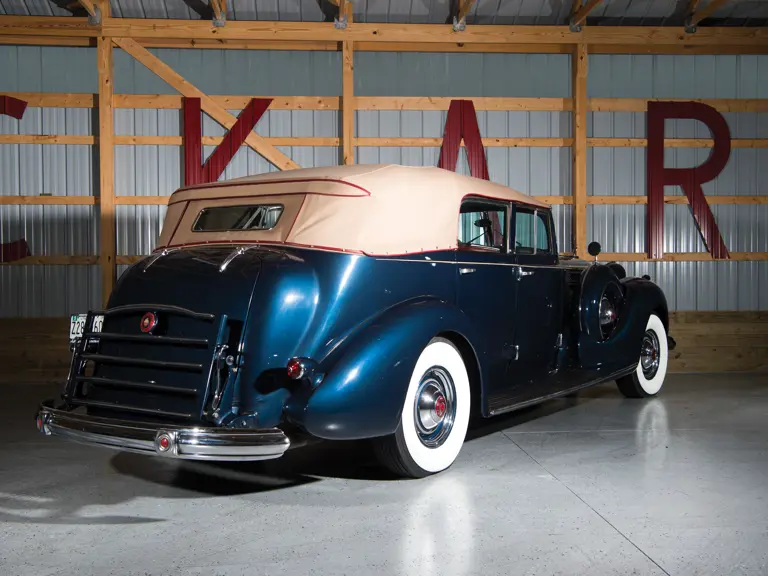
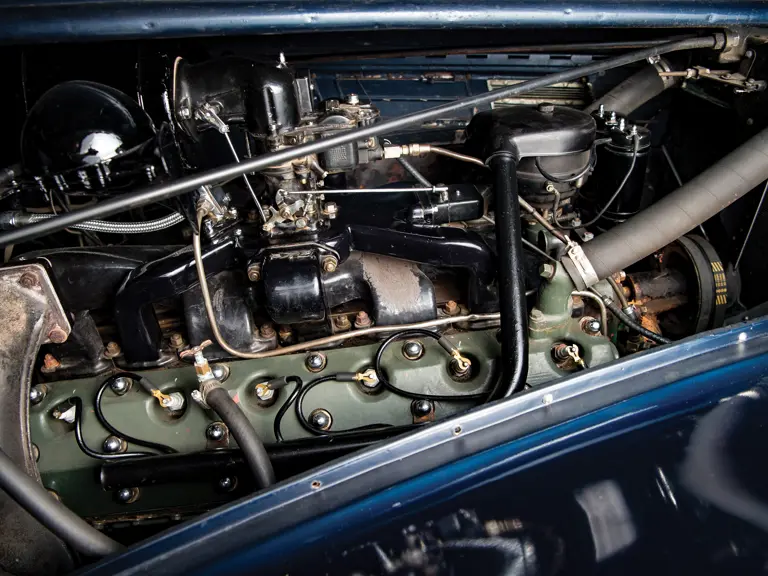
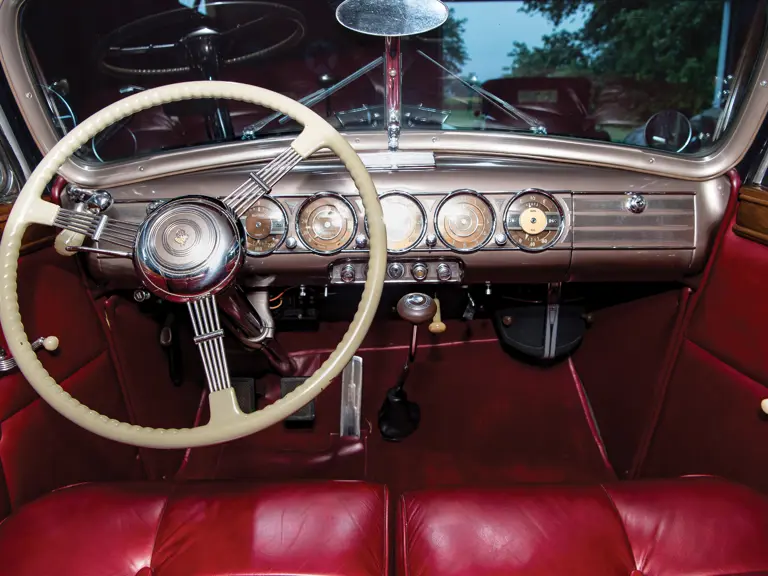
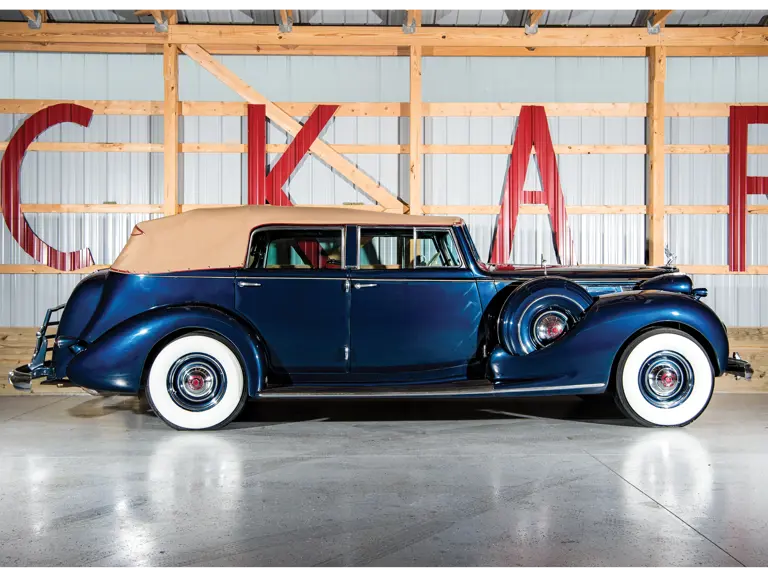
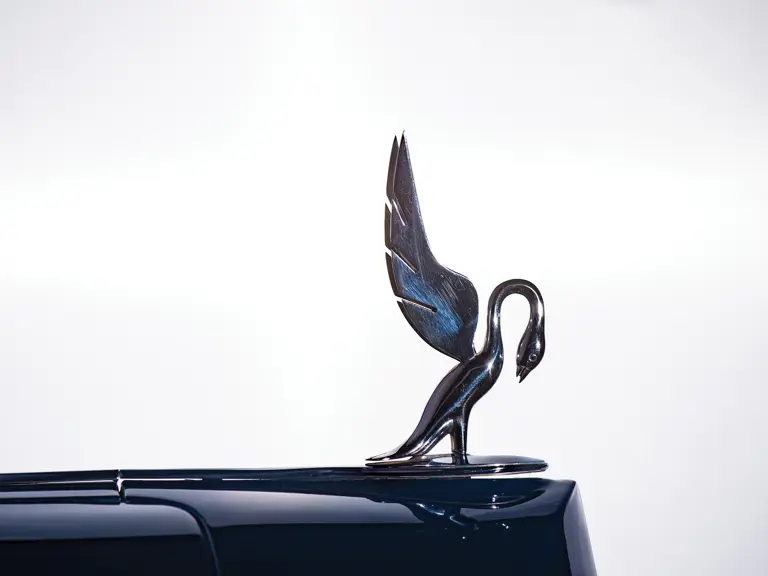
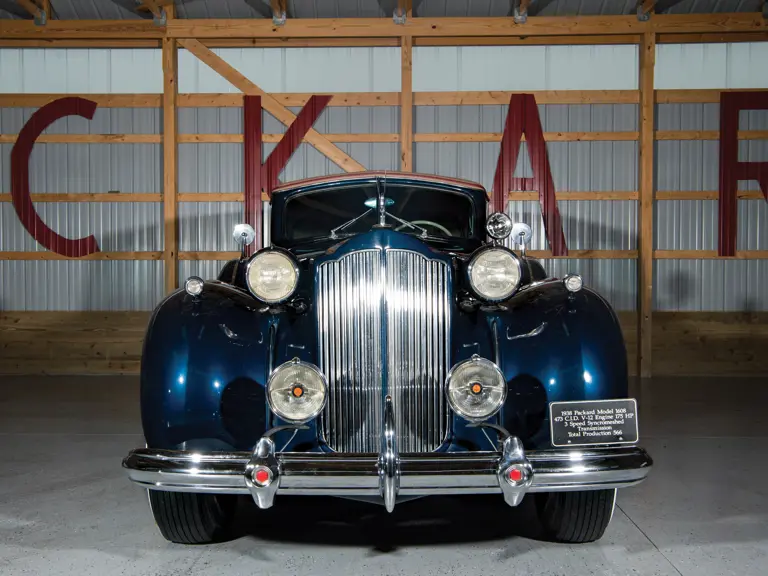
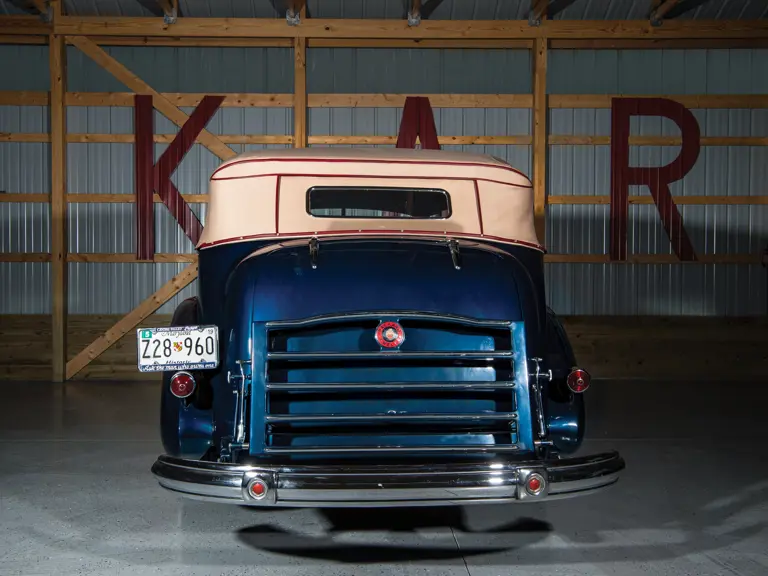
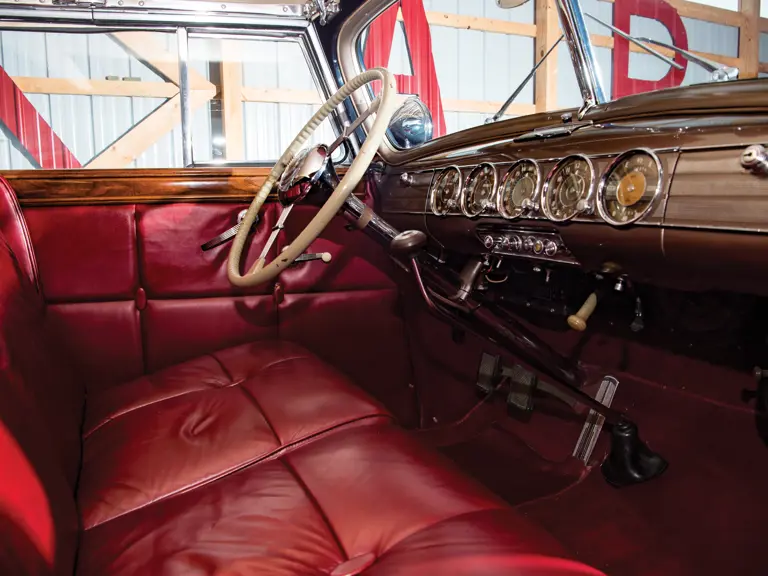
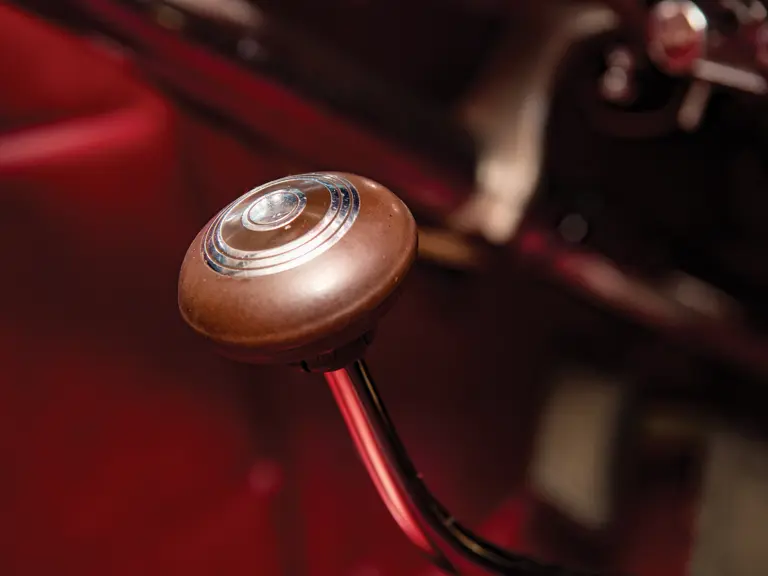
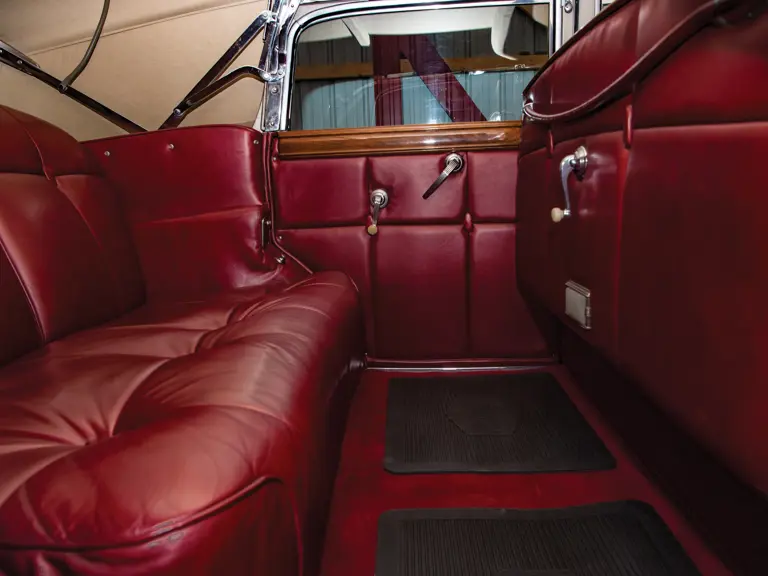

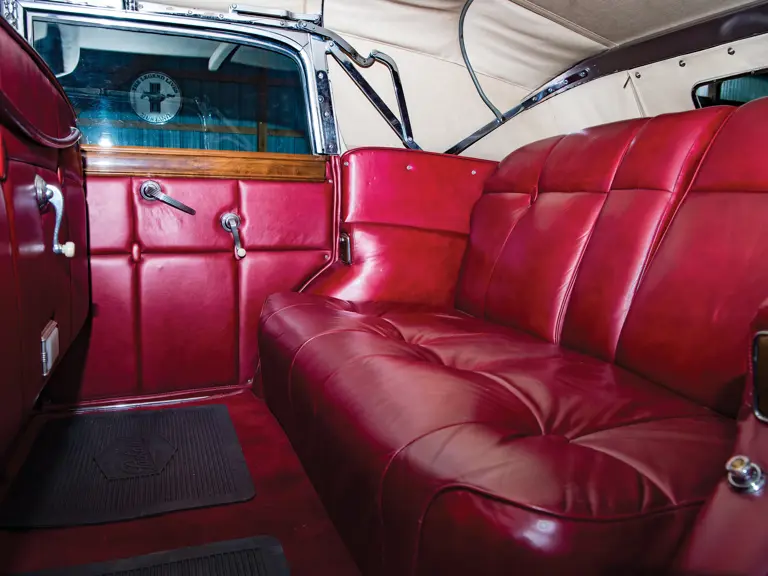
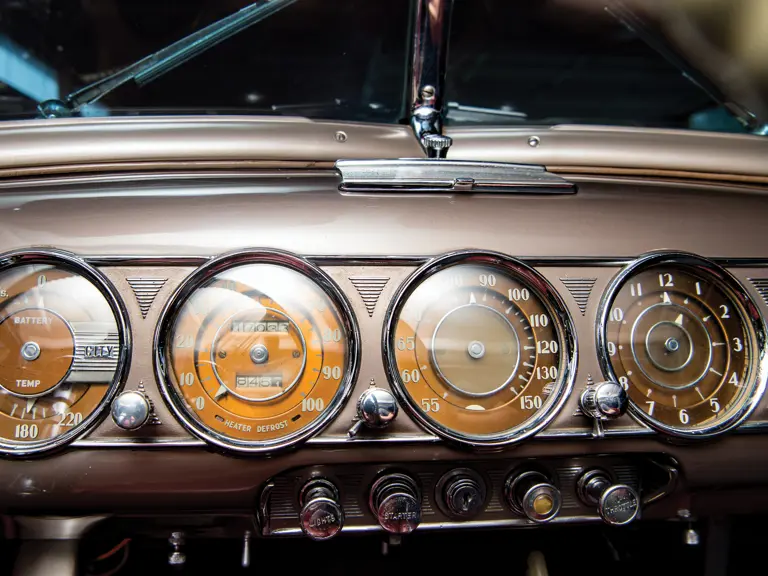
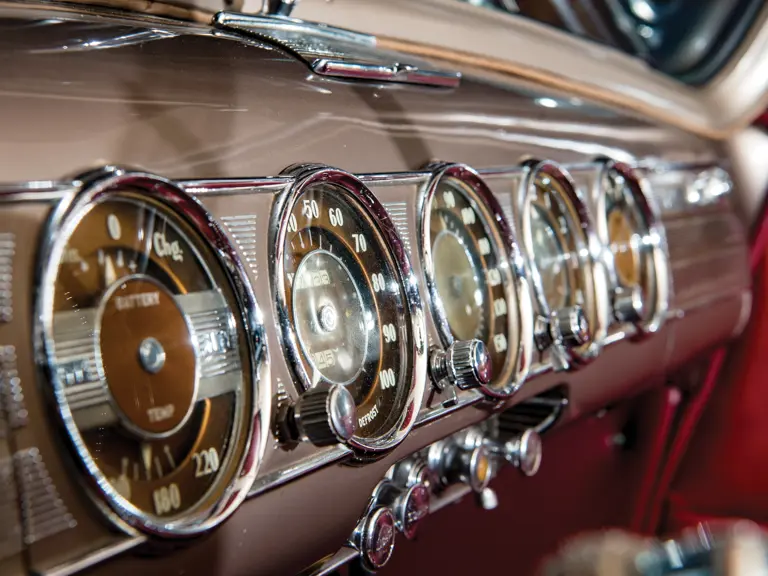

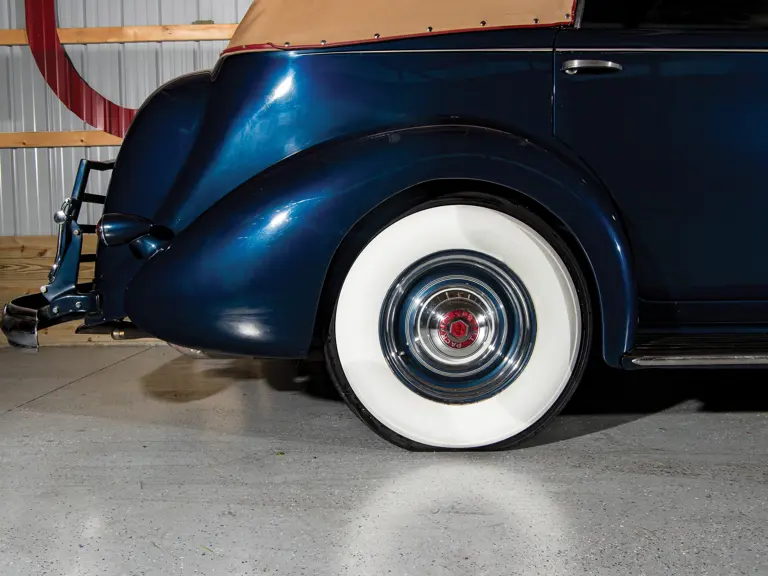


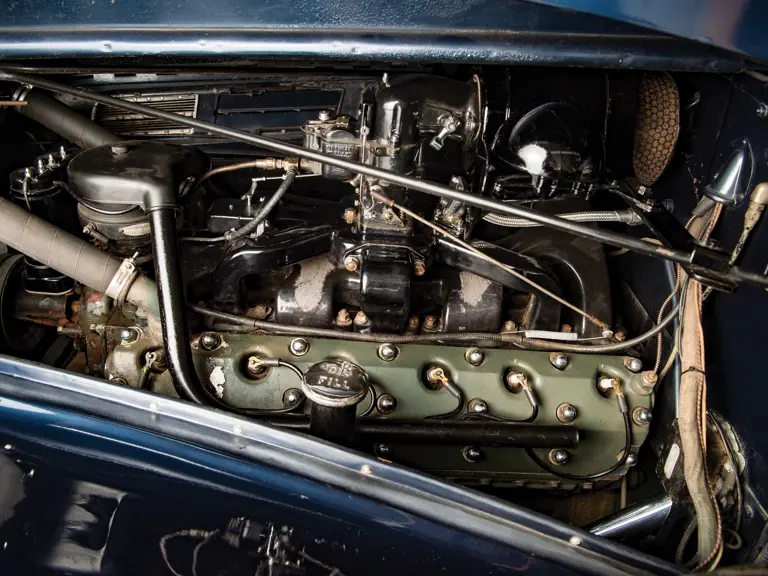
 | Hershey, Pennsylvania
| Hershey, Pennsylvania
